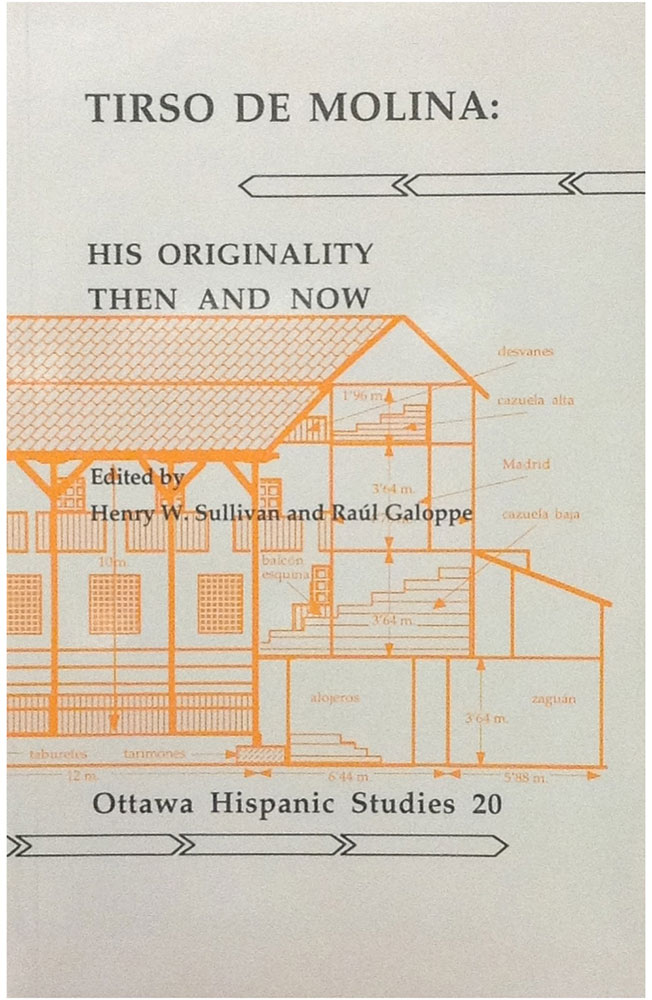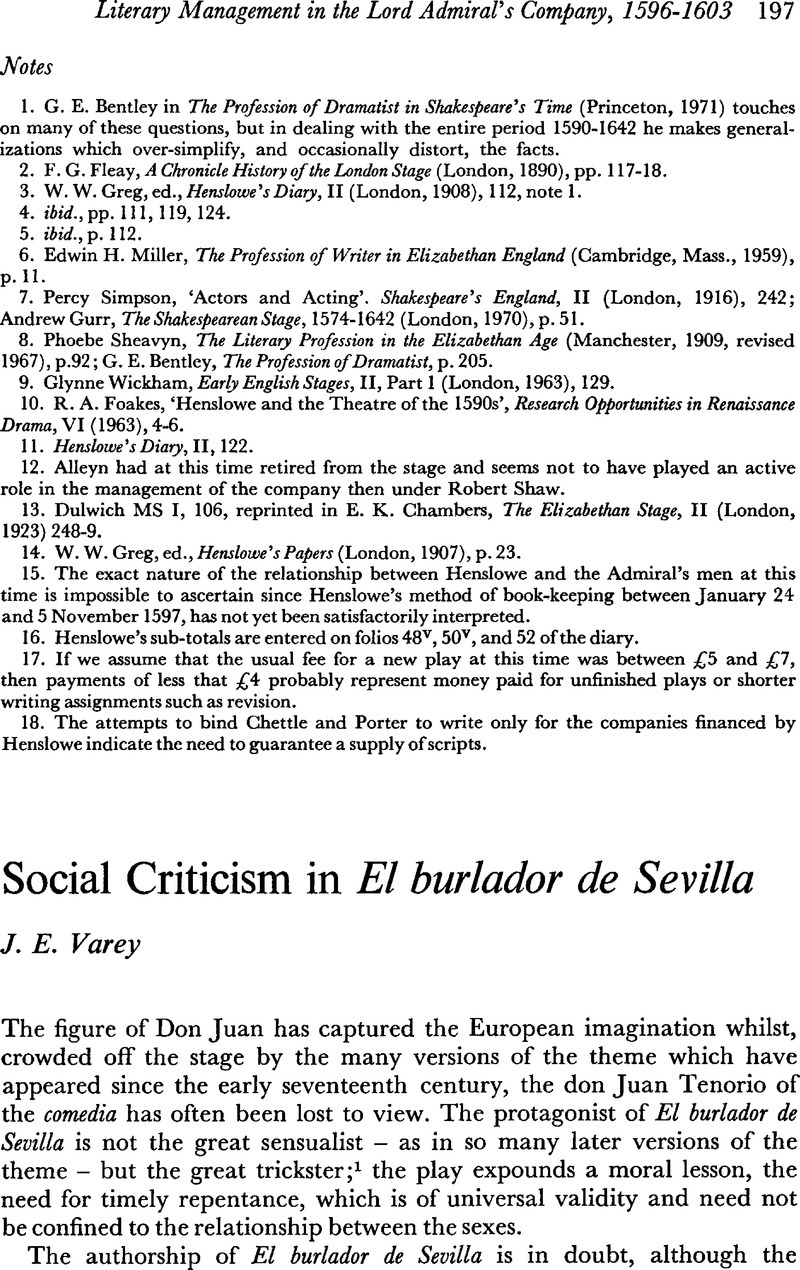
EL BURLADOR DE SEVILLA ENGLISH TRANSLATION FULL
Yet Don Juan takes advantage of her, with her full consent, promising to become her husband, but then, he’s gone. Once Don Juan is alone with Tisbea, he promises to be her husband, and Tisbea is prudently cautious, as she recognises their difference in rank. Don Juan replies with his catchphrase which he repeats throughout the play: ‘¡Qué largo me lo fiáis!’ (‘I’ve got all the time in the world!’ or ‘I don’t have to think about that just yet!’). His servant, portentously, warns him: if you carry on in this way, there will be serious consequences. Don Juan is plotting to ‘enjoy’ Tisbea, and he sets up his trick.

The scene soon returns to Tisbea at the seaside. Gonzalo agrees to the match and goes to tell her. After he describes the city of Lisbon, the King offers to marry Ana to Don Juan. In Seville, King Alonso of Castile promises Don Gonzalo a good marriage for his daughter, as a reward for Gonzalo’s successes in battle. The smooth-talking Don Juan falls instantly for his rescuer and as he praises her beauty and promises devotion to her, Tisbea invokes the name of God, tying his water and fire imagery to her prayer that he’s telling the truth. Don Juan is rescued, and he finds himself in the arms of Tisbea. At the end of her soliloquy, she spies a man drowning just offshore, and she cries to the fishermen for help. Here, Tisbea claims to have rejected offers of love from every fisherman, preferring her solitary life of freedom. The location now shifts to the seaside at Tarragona for the fisherwoman Tisbea’s famous soliloquy. Pedro, who was supposed to arrest him, instead helps him escape from the situation through the garden. Despite the King’s summons, Octavio instead departs for Spain, believing that Isabela has been caught with another lover and does not wish to marry her if that is the case.

Isabela accepts this as a reasonable way to carry out her plans to marry Octavio, and goes willingly. He tells the King that it was indeed Octavio who Isabela was with, and the King confines Isabela to a tower until the time when Octavio can restore her honour by marrying her. When the King returns, Pedro lies to him. The king turns the matter over to Don Pedro, the uncle of Don Juan, who has no intention of arresting his nephew or punishing him for ruining the poor Isabela, but instead suggests a way for him to escape. She calls for help, and the King wants the matter dealt with quietly if there is going to be a scandal, he wants it hushed up. She is caught out when her Octavio turns out to be Don Juan impersonating him.

The play opens with a lovers’ tryst in the dark as Isabela is trying to see the face of the man she believes to be her lover, Don Octavio. Two are noble ladies, Isabela and Ana, and the other two are a fisherwoman, Tisbea, and a peasant, Aminta. Over the course of the play, the hero (or villain, depending on how you look at it) seduces four women. His first appearance, in El burlador de Sevilla, is set in the mid-fourteenth century in Naples. Pitchĭon Juan, whose story has been adapted by Molière, Mozart and so many others, has become the universally-recognisable figure of seduction. There is some dispute about the authorship of this play, as one version (1630) is attributed to Tirso de Molina, but a variant of the play, Tan largo me lo fiáis, was attributed to Calderón (an attribution no one acknowledges) most critics suggest the author to be Tirso de Molina. Titles English title: The Trickster of Seville and the Stone Guest Notable variations on Spanish title: El burlador de Sevilla y el convidado de piedra Date written: sometime between 16 First publication date: 1630 First production date: 1625 Keywords: morality > honour, morality > crime, morality > punishment, morality > judgement, morality > justice-revenge, morality > vice-virtue, family > marriage, ideology > honour, love > lust, ideology > religion and faith Genre and type: tragicomedy Title information

El burlador de Sevilla (1616-1625), Tirso de Molina


 0 kommentar(er)
0 kommentar(er)
